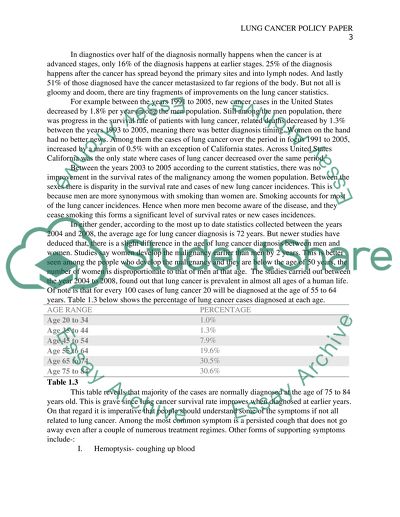Cite this document
(“Lung cancer policy Term Paper Example | Topics and Well Written Essays - 4500 words”, n.d.)
Lung cancer policy Term Paper Example | Topics and Well Written Essays - 4500 words. Retrieved from https://studentshare.org/health-sciences-medicine/1639083-lung-cancer-policy
Lung cancer policy Term Paper Example | Topics and Well Written Essays - 4500 words. Retrieved from https://studentshare.org/health-sciences-medicine/1639083-lung-cancer-policy
(Lung Cancer Policy Term Paper Example | Topics and Well Written Essays - 4500 Words)
Lung Cancer Policy Term Paper Example | Topics and Well Written Essays - 4500 Words. https://studentshare.org/health-sciences-medicine/1639083-lung-cancer-policy.
Lung Cancer Policy Term Paper Example | Topics and Well Written Essays - 4500 Words. https://studentshare.org/health-sciences-medicine/1639083-lung-cancer-policy.
“Lung Cancer Policy Term Paper Example | Topics and Well Written Essays - 4500 Words”, n.d. https://studentshare.org/health-sciences-medicine/1639083-lung-cancer-policy.


